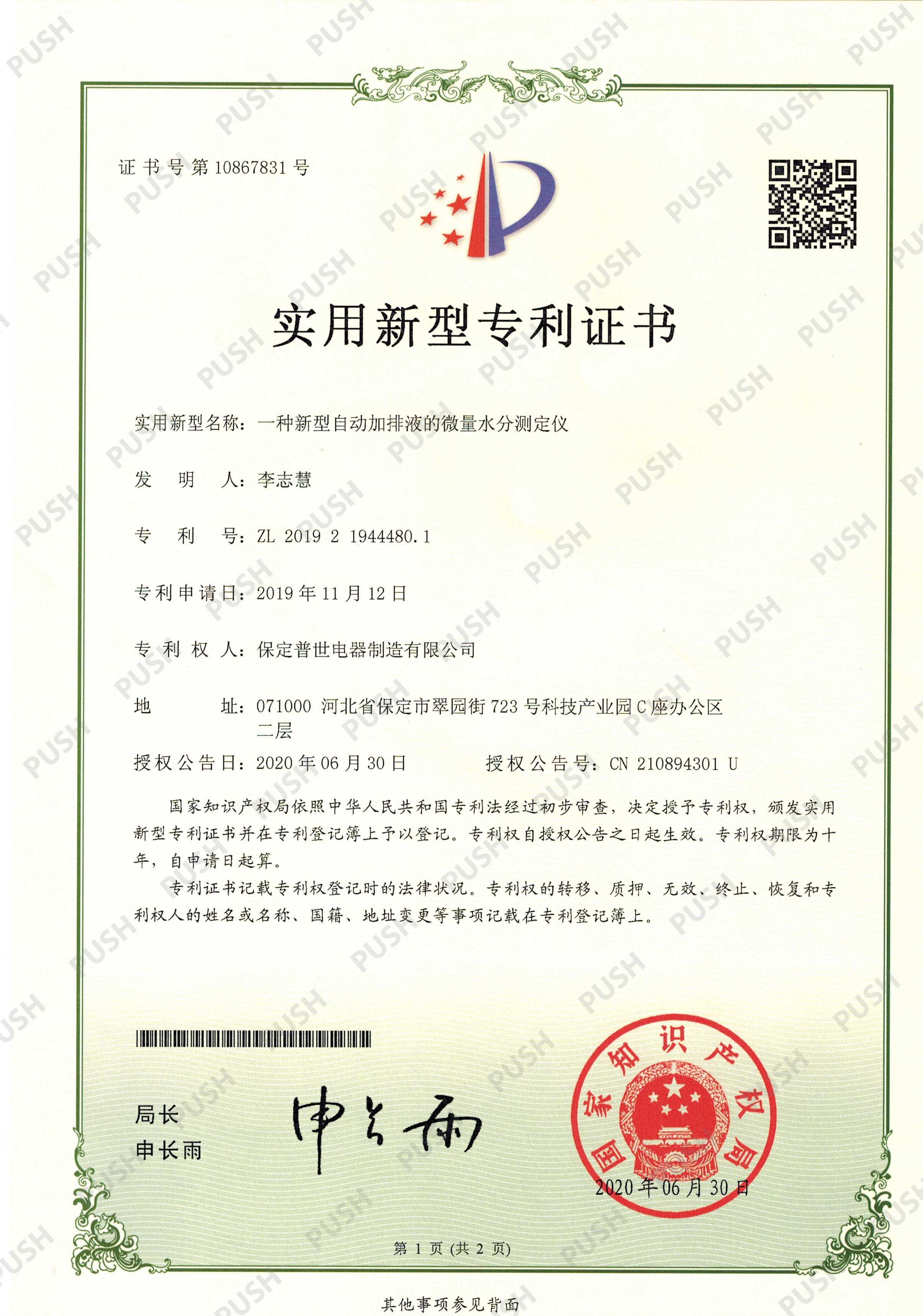 English
English


Understanding Short Circuit Impedance in Transformer Operations and Performance Analysis
Short Circuit Impedance of Transformers A Crucial Parameter for System Design
Transformers play a vital role in electrical power systems, serving to transfer electrical energy between circuits while changing voltage levels. One of the critical parameters in the operation and design of transformers is the short circuit impedance. This parameter not only affects the performance of the transformer but also influences the stability and safety of the entire electrical system.
Short circuit impedance is defined as the ratio of the voltage applied to a transformer to the resulting short-circuit current when the secondary winding is shorted. It is commonly expressed as a percentage of the rated voltage, revealing how much voltage drop occurs when a fault condition is present. For example, if a transformer has a short circuit impedance of 5%, it means that, under full load conditions, a short circuit on the secondary side would cause a voltage drop equal to 5% of the rated voltage.
Understanding short circuit impedance is essential for several reasons. First and foremost, it allows engineers to perform fault analysis. In the event of a short circuit, knowing the impedance helps in calculating the short circuit current that can flow through the transformer and the connected circuitry. This information is crucial for designing protective devices such as circuit breakers, which must be rated to interrupt these fault currents safely.
short circuit impedance of transformer

Furthermore, short circuit impedance influences the voltage regulation of the transformer. A transformer with a lower impedance will have a higher short circuit current under fault conditions, leading to potential equipment damage if not adequately protected. On the other hand, a transformer with excessively high impedance may not supply sufficient current to the load, thus impacting the overall system efficiency.
The design of transformers takes into account the desirable level of short circuit impedance based on their application. For example, transformers used in industrial settings, where large motors and heavy machinery may cause significant inrush currents, may have a higher impedance to limit the fault currents. Conversely, transformers in utility applications might have lower impedances to ensure quick recovery from short circuit conditions, facilitating better voltage support throughout the system.
In summary, short circuit impedance is a pivotal aspect of transformer design and operation. It affects fault currents, system stability, and voltage regulation, making it a critical consideration for electrical engineers. By carefully selecting and analyzing the short circuit impedance, engineers can enhance the reliability and safety of power systems while ensuring efficient operation of transformers under various load conditions. Understanding this parameter ultimately contributes to the effective management of electrical power distribution and the resilience of the grid.
-
Differences between open cup flash point tester and closed cup flash point testerNewsOct.31,2024
-
The Reliable Load Tap ChangerNewsOct.23,2024
-
The Essential Guide to Hipot TestersNewsOct.23,2024
-
The Digital Insulation TesterNewsOct.23,2024
-
The Best Earth Loop Impedance Tester for SaleNewsOct.23,2024
-
Tan Delta Tester--The Essential Tool for Electrical Insulation TestingNewsOct.23,2024





